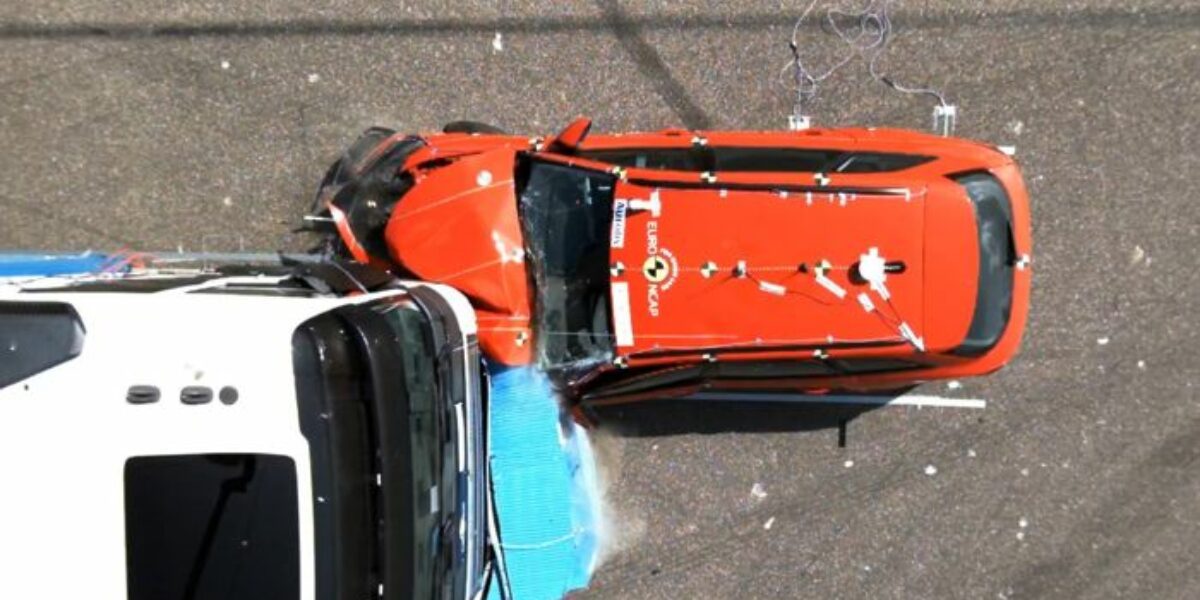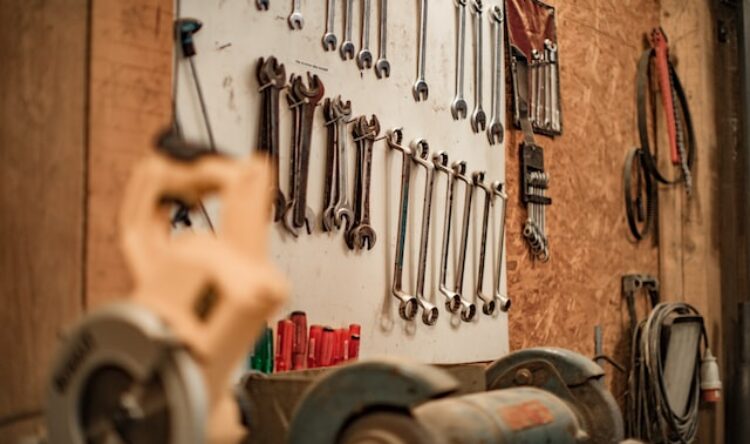Lightening the load
Lorries could become safer for us all
Even for the most safety conscious drivers, lorries and large vehicles remain a concern.
After all, if you get into a tangle with one, your little motor is unlikely to win the battle.
They are way too big, heavy and intimidating.
But some relief is at hand.
Heavy weight design
Researchers at Chalmers University of Technology, in Sweden, have developed a new truck front concept to significantly reduce fatal crashes in car-truck collisions.
It comes as new EU regulations for the maximum length of a truck were lifted.
Even here in the UK, trucks have been given the green light to increase their length and weight.
All of this may be for lower emissions, pollution and congestion, but it makes them even scarier.
Looking for relief
Crash tests on the new truck front were carried out by the Swedish Transport Administration, Trafikverket.
These show that better truck designs can reduce passenger car compartment deformations by 30-60%. In turn, this reduces the risk of injury and possible death for the car occupants.
Fatal crashes between heavy goods vehicles (HGVs) and passenger cars account for between 14 to 16% of all car occupant fatalities in both the EU and US.
In over 90% of these crashes involving HGVs result, it is the other party who dies, usually in a passenger car.
The most common accident types in these collisions are head-on crashes on rural roads and rear-end crashes on highways (the HGV drives into the rear of the car in front).
It is therefore important to investigate car-to-HGV crashes further to improve the survival rates of passengers in the cars of such collisions.
Fatal formulations
It is widely accepted that two modern passenger cars of the best safety standards should be able to cope with a collision, 80 kilometres per hour, without fatal consequences.
This is not the case for collisions between trucks and cars.
Whilst the velocity is often moderate in truck-car collisions, the crash severity is still high due to geometry, stiffness, and mass incompatibility between the two vehicles.
In order for a passenger car occupant to survive a head-on collision with a truck, the cabin in the passenger car needs to be kept intact. This is not something that is possible to guarantee today, even in the most modern cars.
Cars and trucks have discrete structural elements (bumpers, energy absorbing beams, passenger compartment frames).
These are designed to deform and absorb energy or remain intact and protect occupants. It has been observed in real-world crashes that these localised structures rarely interact the way they were designed. This leads to a less efficient crash response.
Creating a buzz
A team of researchers at Chalmers University of Technology designed a truck front that would improve the collision process. This latest design was based on earlier research carried out at Chalmers.
“We know that providing a distributed force over the struck car would allow its crash structures to perform more efficiently,” says Professor Robert Thomson, Division of Vehicle Safety at Chalmers University of Technology. “From the first test, we could also see that the energy levels observed were high and better energy absorption by the truck was needed. Another challenge was also trying to direct the car away from the truck’s forward path.”
The new front design utilises aluminium honeycomb. This is a structure composed of repeating hexagonal tubes made from aluminium foil. Lightweight and energy absorbing, around 97% of its volume is air.
Safer by far
Tests showed measurable results and new design made a big difference. It reduced passenger car compartment deformations by 30-60%, reducing the risk of injury for the car occupants. Truck driver safety also improved.
“A truck is involved in every fifth fatal accident in road traffic. Despite the fact that trucks only account for 6% of the traffic volume in Sweden where the tests were carried out, around 45 people die a year in traffic accidents involving heavy trucks,” says Rikard Fredriksson, Senior Advisor at Trafikverket and Adjunct Professor at Chalmers.
“We want the people in a passenger car to be able to survive a head-on collision with a truck because the car compartment remains intact”, .
The test was based on a modern passenger car and heavy truck crashing at speeds that would result in a fatal accident.
These crash tests were run at 50 kilometres per hour, but simulates an original travel speed of 80 reduced by 30 kilometres per hour by automatic emergency braking systems (AEB).
AEB is a requirement in all new cars and trucks.







